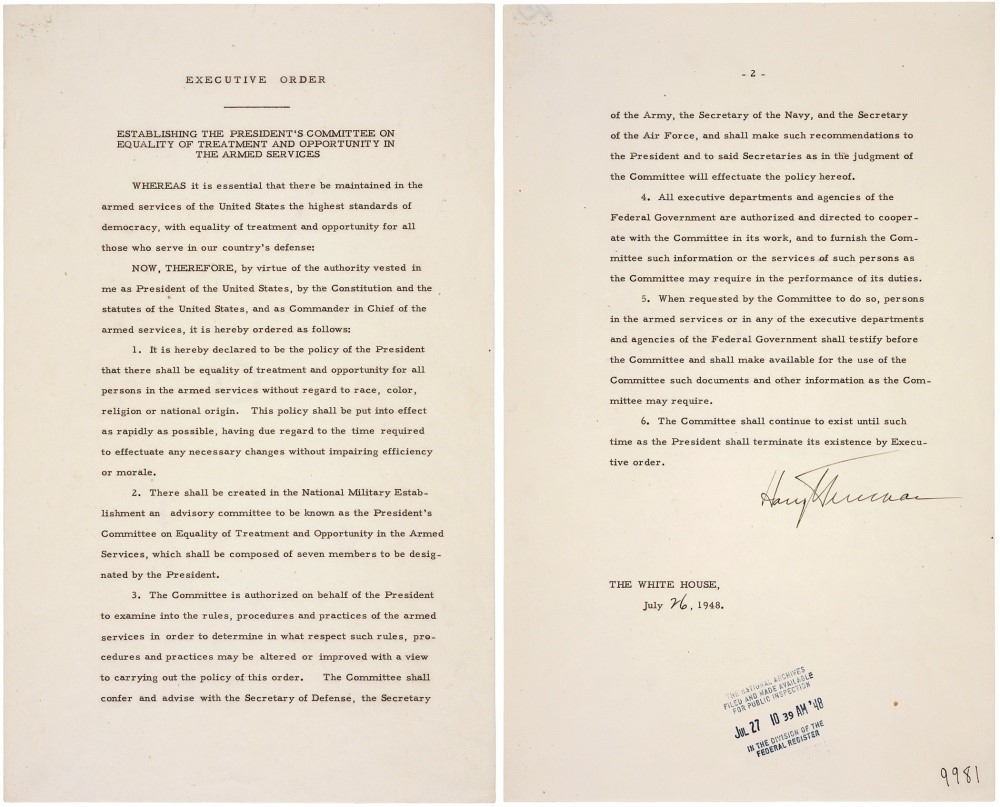

JULY 26, 1948
President Truman signed Executive Order 9981, desegregating the military
Since the American Revolution, African Americans have served in the military separately from while soldiers, and typically in more simple roles. When WWII ended, more than 900,000 African Americans had served in the Army, Army Air Forces, Navy, Marine Corps, Coast Guard and Army Nurse Corps.
African American WWII Veterans were eligible for a free college education and other benefits under the GI Bill, but often faced discrimination when trying to access their benefits. In an effort to end the discrimination and segregation, President Truman issued Executive Order 9981 which stated “It is hereby declared to be the policy of the President that there shall be equality of treatment and opportunity for all persons in the armed services without regard to race, color, religion or national origin.”
Executive Order 9981 integrated both the armed forces and established the President’s Committee on Equality of Treatment and Opportunity in the Armed Services, which was an advisory body tasked with determining the best possible way to implement these new policies.
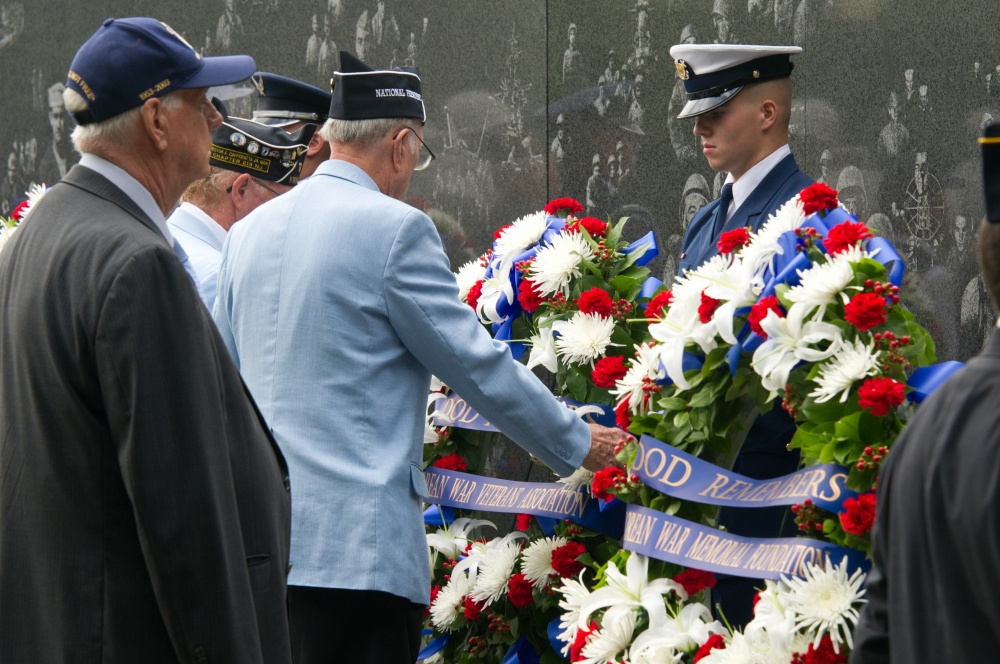
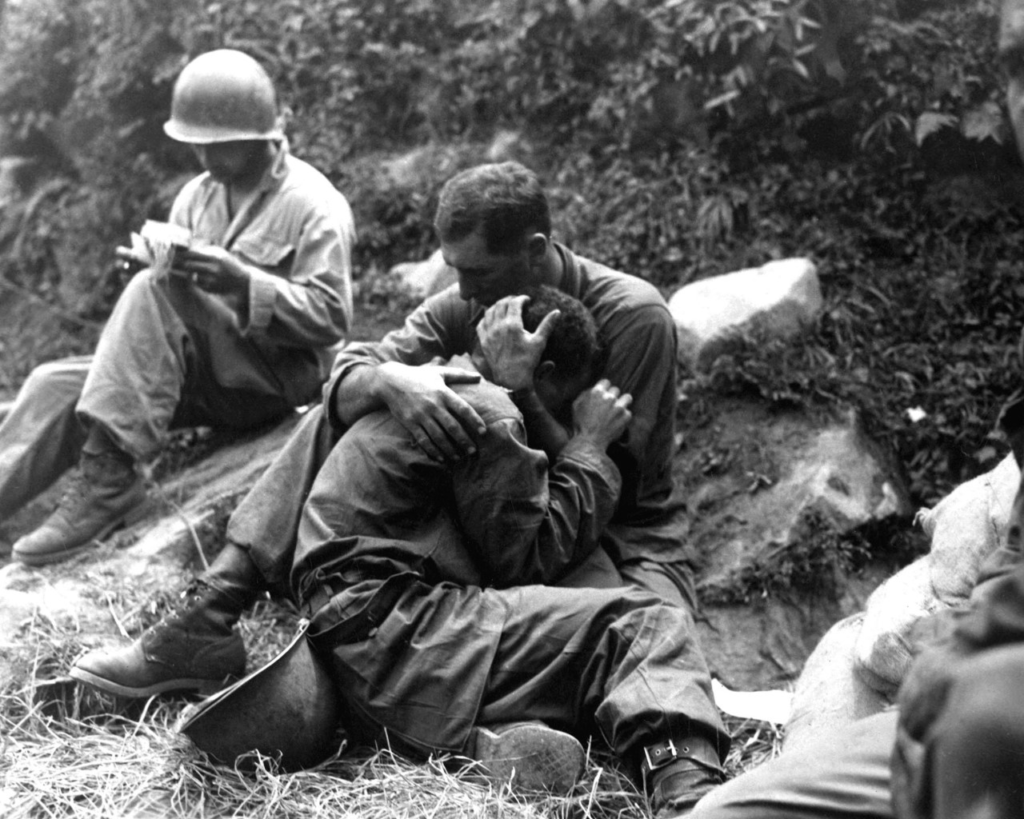
JULY 27, 1953
National Korean War Veterans Armistice Day
On July 27, 1953, the Korean War, which had lasted 3 years and cost the lives of approximately 40,000 American soldiers, finally ended with the signing of the Korean Armistice Agreement. Negotiations had begun in 1951, yet by 1952, no agreement had been made. After visiting Korea, newly elected President, Dwight D. Eisenhower was determined to end the Korean War. Publicly, President Eisenhower hinted at the use of nuclear weapons to force China and North Korea to accept the truce’s terms while simultaneously pressuring South Korean leaders to speed up the negotiations by dropping some of their demands. In total, it took more than 150 meetings over the course of two years for the delegates from the United Nations, United States, China, North Korea, and South Korea to finally agree to sign a truce.
While not officially a peace treaty, the Korean Armistice Agreement suspended open hostilities, freed and repatriated prisoners of war and created a Demilitarized Zone between North and South Korea. To the United States government, they had achieved their goal of participating in a “limited war.” The United States’ goal was not to defeat North Korea and China, but rather to protect South Korea, a goal that was met through this treaty. However because most Americans were accustomed to the concept of total victory, the Korean War was viewed by some as pointless because no one was defeated. This led to many Americans’ overlooking the Korean War and instead focusing on World War II and the Vietnam War. One aspect of the Korean War that should never be overlooked is the impact it had on soldiers which can be seen through the stories they share. Today, we honor the Veterans who served in the Korean War by celebrating National Korean War Veterans Armistice Day.
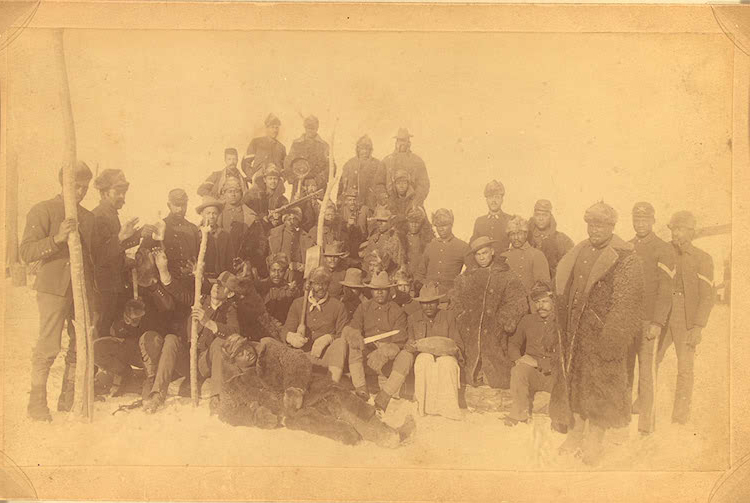
JULY 28, 1866
National Buffalo Soldiers Day
On July 28, we remember and honor the valiant soldiers of the first peacetime all-black army regiments, the Buffalo Soldiers. Named for unknown reasons by the Native American Indians, the 9th and 10th Cavalry Regiments played an instrumental role in the Indian Wars, protection of national parks and the safe transport of settlers through the western frontier.
The Buffalo Soldiers were first assembled in 1866 shortly after the Civil War with the 9th Cavalry Regiment in New Orleans. With racial discrimination rampant, these men faced trials unlike any other regiment before them. Nevertheless they persisted, rising to each challenge they were ordered to face along the western frontier. Their initial mission was to secure the trail leading to El Paso from San Antonio, shielding eastern travelers from increasingly unsettled Native Americans, frustrated with broken government promises and life on the reservations. A year later, the 10th Cavalry Regiment was based out of Fort Leavenworth in Kansas. Commanded by Colonel Benjamin Grierson, they were tasked with ensuring the safety of the Pacific Railroad. Remarkably, despite engaging in two fierce battles in which they were greatly outnumbered, the Buffalo Soldiers only lost one man and a few horses.
Throughout the Indian Wars, the 9th and 10th Cavalry regiments engaged in at least 177 conflicts, comprising approximately 20 percent of all participating cavalry members. However, they were tasked with much more than battling Native Americans. These regiments were often sent to secure Yosemite and Sequoia National parks from poachers and to manage wildfires. After the precarious end of the Indian Wars, the 9th and 10th Cavalry, in conjunction with the 24th and 25th Infantry, were sent to Florida at the brutal beginning of the Spanish-American War.
The Buffalo Soldiers were officially disbanded with the signing of Harry Truman’s Executive Order 9981, which eliminated racial segregation in the US military. Soon after, 14 members of these regiments were awarded the Medal of Honor for their bravery and persistence in service. It is our honor to remember the undying courage and fierce persistence of the Buffalo Soldiers and their service to the protection of early America.
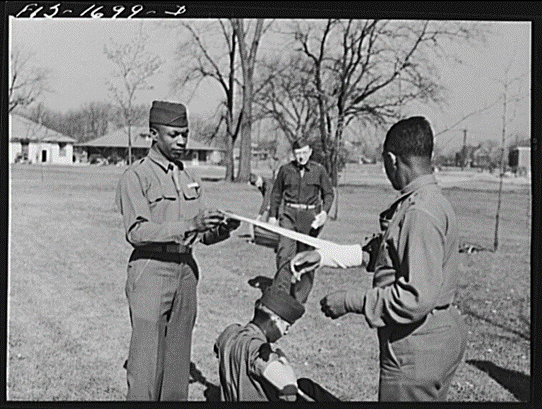
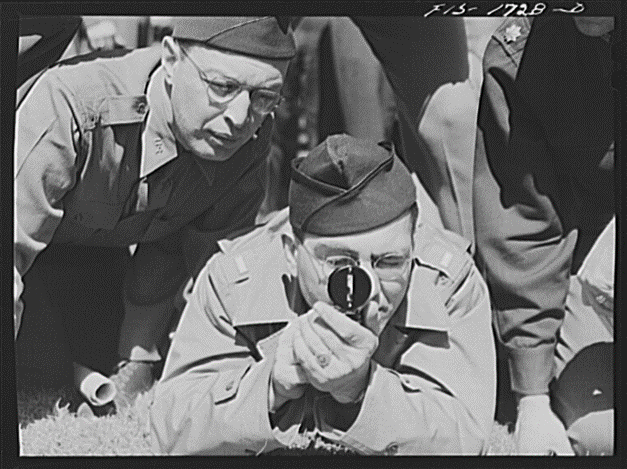
JULY 29, 1775
Founding of the United States Army Chaplain Corps
On July 29, 1775 during the Revolutionary War, the United States Army Chaplain Corps was officially founded with one chaplain serving in a regiment of the Continental Army. With the motto of Pro Deo Et Patria, or For God and Country, the Army Chaplains Corps have served as spiritual advisors to both soldiers and their families for 246 years, making them one of the oldest branches in the United States Army. Their role is to improve morale by taking care of the spiritual, moral, and sometimes physical needs of all members of their regiment. In 2021, the United States Army has chaplains representing the six most prevalent religious groups including Protestants, Roman Catholics, Muslims, Jews, Buddhists and followers of Hinduism. However, chaplains also strive to serve soldiers and their families from nonreligious backgrounds by being a confidant for any moral or ethical struggles and offering advice when needed. Today, more than 2,500 Army chaplains serve in active duty and reserves.
While the role of a chaplain is that of a noncombatant, many have risked and given their lives to help fellow soldiers. One well known story of the bravery of Army chaplains is that of the Four or Immortal Chaplains. These four chaplains – Reformed minister Lieutenant Clark V. Poling, Methodist minister Lieutenant George L. Fox, Father Lieutenant John P. Washington of the Roman Catholic Church and Rabbi Lieutenant Alexander D. Goode – served aboard the U.S.A.T Dorchester during World War II. When the Dorchester was struck by a torpedo, the four chaplains worked together to help their fellow soldiers. They gave up their own life jackets to other soldiers, and as the ship sank, the four chaplains linked arms and sang hymns together accepting their own deaths. Their actions helped save many men aboard the U.S.A.T. Dorchester; for their bravery and sacrifice, they were posthumously awarded the Purple Heart and Distinguished Service Cross. To date, more than 300 Army chaplains have given their lives in service to the United States and the gods they worship. On the anniversary of the founding of the Army Chaplain Corps, we remember their stories and honor their service.
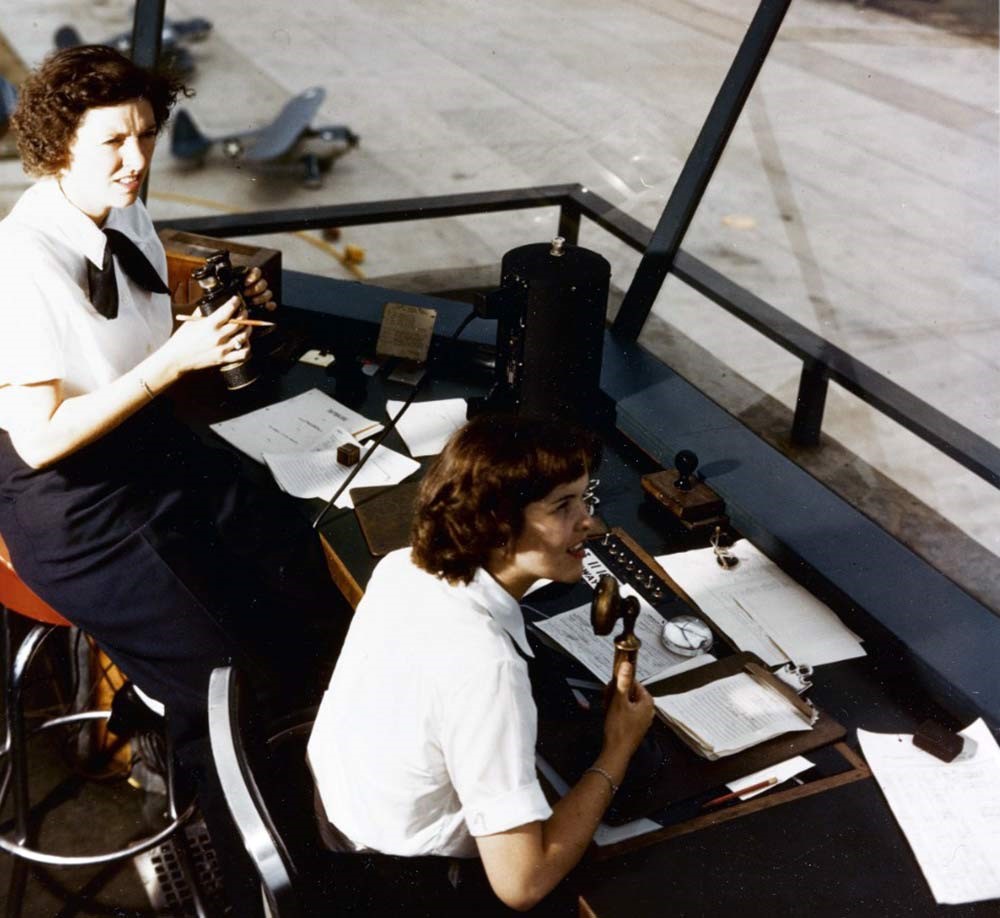
JULY 30, 1942
FDR signs bill creating the Women’s Navy Auxilary Agency (WAVES)
President Franklin D. Roosevelt signed the Navy Women’s Reserve Act into law, creating WAVES – Women Accepted for Volunteer Emergency Service, which was a division of the U.S. Navy created during World War II in an effort to have Navy members available while viable men were out at sea.
The first commander of WAVES was Mildred McAfee, who as a civilian was the president of Wellesley College. Another notable member of WAVES was Grace Hopper who later attained the rank of rear admiral. The war provided women with the opportunity for careers which were historically exclusive to men. The Navy also actively employed college-educated women with backgrounds in mathematics, engineering, and physical sciences.
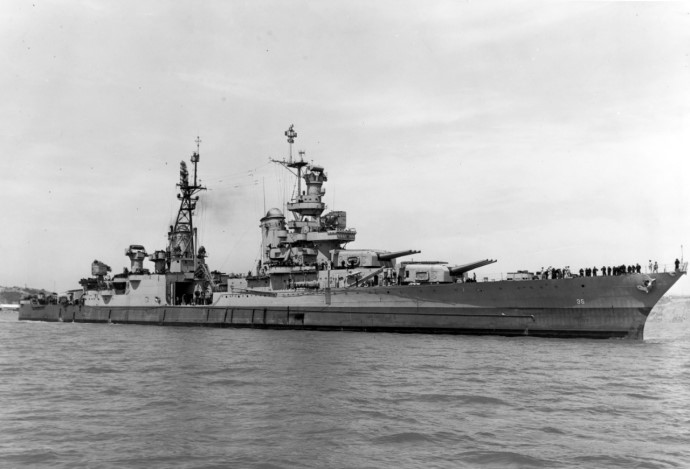
JULY 30, 1945
USS Indianapolis torpedoed by a Japanese submarine
The USS Indianapolis was a Portland-class heavy cruiser of the United States Navy. The mission of the delivery to Tinian Island on July 26, 1945 was top secret; their goal was the delivery of components of the atomic bomb fated to be dropped in Hiroshima. The ship’s crew was unaware of its cargo and made the delivery successfully. After leaving Tinian, the USS Indianapolis was given orders to meet the battleship USS Idaho at Leyte Gulf in the Philippines to prepare for the invasion of Japan. The USS Indianapolis was torpedoed by a Japanese submarine halfway between Guam and Leyte Gulf and sank within 12 minutes in shark-infested waters. Of the 1,196 men on board, only 316 survived. Edgar Harrell, the last surviving Marine of the USS Indianapolis, died in 2021; Five other survivors remain alive today.
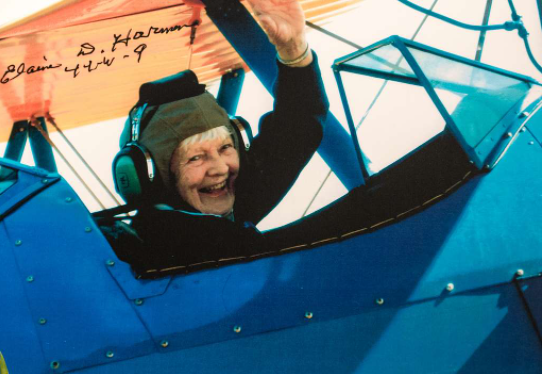
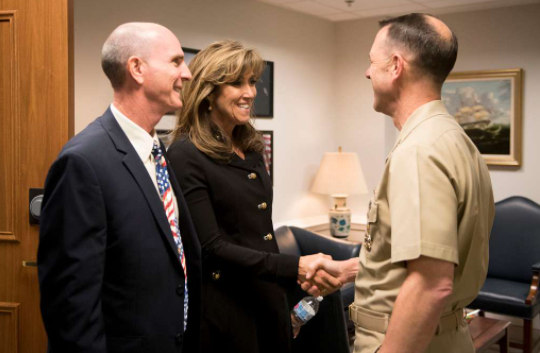
JULY 31, 1991
Senate votes to allow women to fly combat aircrafts
On July 31, we celebrate the 30th anniversary of one of the most important developments in gender equality within the US Armed Forces. 30 years ago, the Senate voted to lift a prior ban against women flying combat missions for the Air Force, Navy, and Marine Corps.
This development came after nearly 47 years of intense struggle and opposition from numerous interest groups and political lobbyists. After the disbanding of WASP (Women Airforce Service Pilots) in 1944, it appeared as though hope was lost for gender inclusion in combat roles within the armed forces. The WASPs who had served prior to the disbanding were no longer eligible to receive their due benefits, sparking a long battle for female recognition and representation.
In 1976, the armed services were once again permitted to admit a number of women into their pilot training programs. While women were already achieving spectacular accomplishments in the world of civilian aviation, military service offered a vast expansion of opportunity. However, women in the service were still barred from flying combat missions. It was not until 1991 that the Senate finally voted to suspend sex-based restrictions for combat roles in the armed forces.
One inspiring woman who rose to the combat challenge is Tammie Jo Shults. Shults served in the United States Navy from 1985-2001, flying F-18s and eventually retiring from the Navy Reserve Forces. After retirement, she flew commercial airliners for Southwest Airlines, applying reactionary skills retained from her naval experience to avert disaster. When the Boeing 737-700 faced an unexpected mechanical issue amidst a passenger flight toward Dallas, her ability to think rationally under hazardous and adverse conditions saved her life, along with the lives of each passenger aboard. In December 2020, she was inducted into the International Air and Space Hall of Fame, and has since continued to inspire young pilots through her speeches and participation in the Angel Flights program.
Thanks to Shults and countless other pioneers of diversity in aviation, the opportunities for all to serve within the US armed forces are virtually boundless. For this reason, we commemorate this momentous day in history and strive to continue fostering progress.
